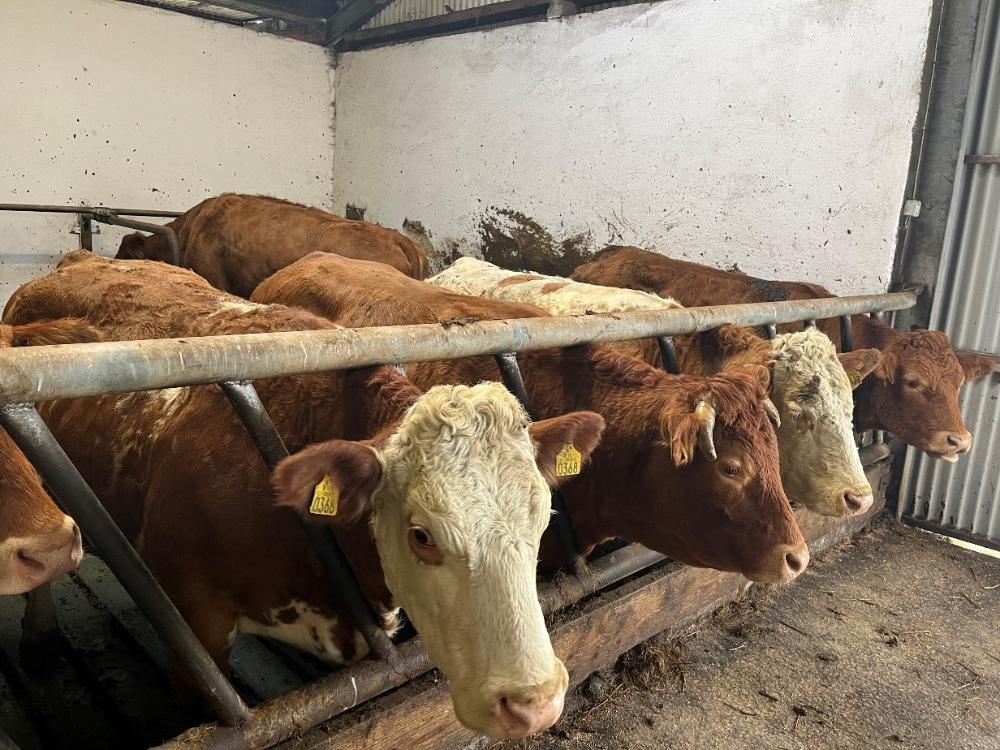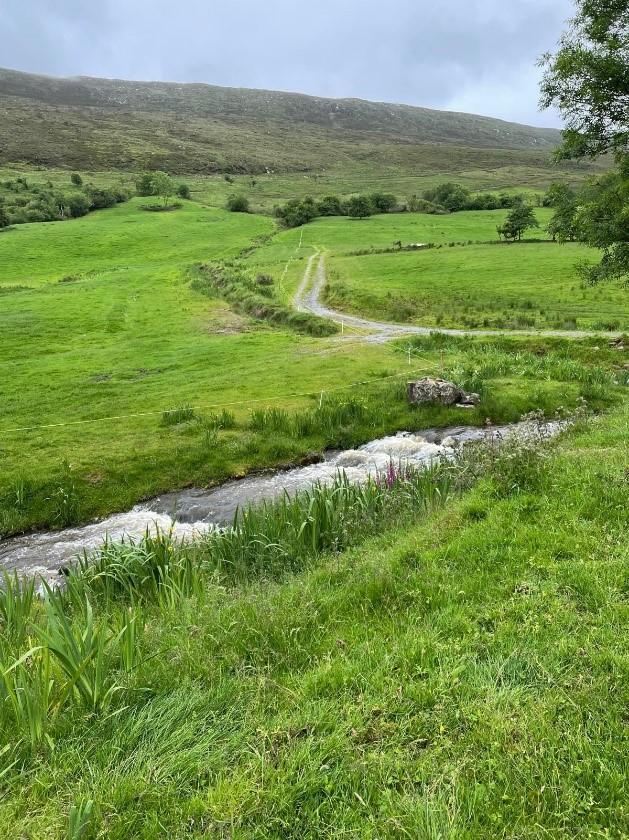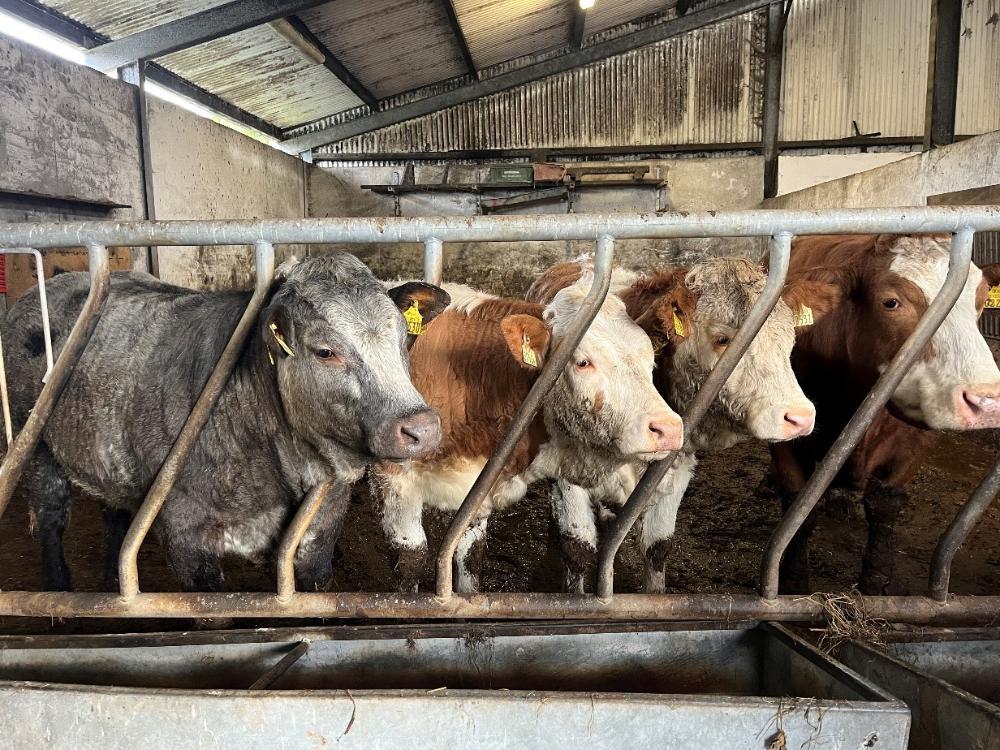Pre-calving preparations
- Calving is due to start
- Vaccinations pre-calving
- Mineral supplementation
One group of cows are due to start calving from the end of November and Oliver has been monitoring their body condition up until now. He is satisfied that they are in good order for calving and is feeding them 0.5kg soya/head/day to boost the colostrum quality at calving. It is dusted on top of the silage. The cows were vaccinated against rotavirus, coronavirus and e.coli to help prevent scours in the calves after birth.

Figure 1: Cows that are due to calve over the next 2 months
The cows have been penned according to their calving dates. They were given a coseicure mineral bolus pre-calving which supplies them with key micro minerals pre calving; copper, selenium, cobalt and iodine. These are micro minerals and can be stored in the cow’s body pre-calving. However they also require magnesium, phosphorus and sodium pre-calving which are macro minerals and cannot be stored in the body, so these need to be fed daily, for at least 6 weeks pre-calving. Oliver hasn’t had any issues with weak calves at birth so hasn’t changed his mineral programme. Further information on pre-calving minerals can be found here.
Oliver completed a biodiversity survey on his farm. Hedge management was one section and 26-50% of the hedges on the farm are treeline or escaped hedges (i.e. are not topped every year). The topped hedges along the road do not have more than 1.8m of hedge material above the earth bank for safety reasons, and any topped hedges within fields have. There is also a thorn sapling present in every topped hedge. Hedges provide biodiverse habitats for plant & animal species, act as wildlife corridors, can connect habitats, can prevent bank erosion along watercourses and may have flowering trees which provide pollen for bees.
All of the watercourses and open drains are fenced at least 1.5metres from the top of the bank on the farm and no livestock drinking access is permitted to any watercourse, which is helping to protect water quality on the farm.

Figure 2: Fenced watercourse on the farm
Oliver sprays some of the field boundaries and earth banks on the farm to prevent noxious weeds from growing. This is one area that he could improve on and only spot spray where necessary to help avoid killing other plant species. Thankfully no invasive alien species have been observed on the farm.
Some of the areas present on the farm include intensive grassland, extensively grazed grassland, corner/group of trees/shelter belts, ungrazed scrub and areas with significant amount of trees. No protected area (SAC, SPA or NHAs) are present on the farm.
Two changes that Oliver can make to protect biodiversity on the farm is to only spot spray noxious weeds along field boundaries and earth banks, and to increase the percentage of treeline/escaped hedges on his farm.
Oliver sold some weanlings live on 28th October. One Belgian blue heifer that was born in November 2023 weighed 300kg and made €1320 (€4.40/kg).
Three bull weanlings (November 2023 to January 2024 born) bulls averaged 400kg and made €1500/head (€3.75/kg).
Three heifers and the empty cows will be sold over the coming month from the farm.

Figure 3: Some of the heifers picked out for sale